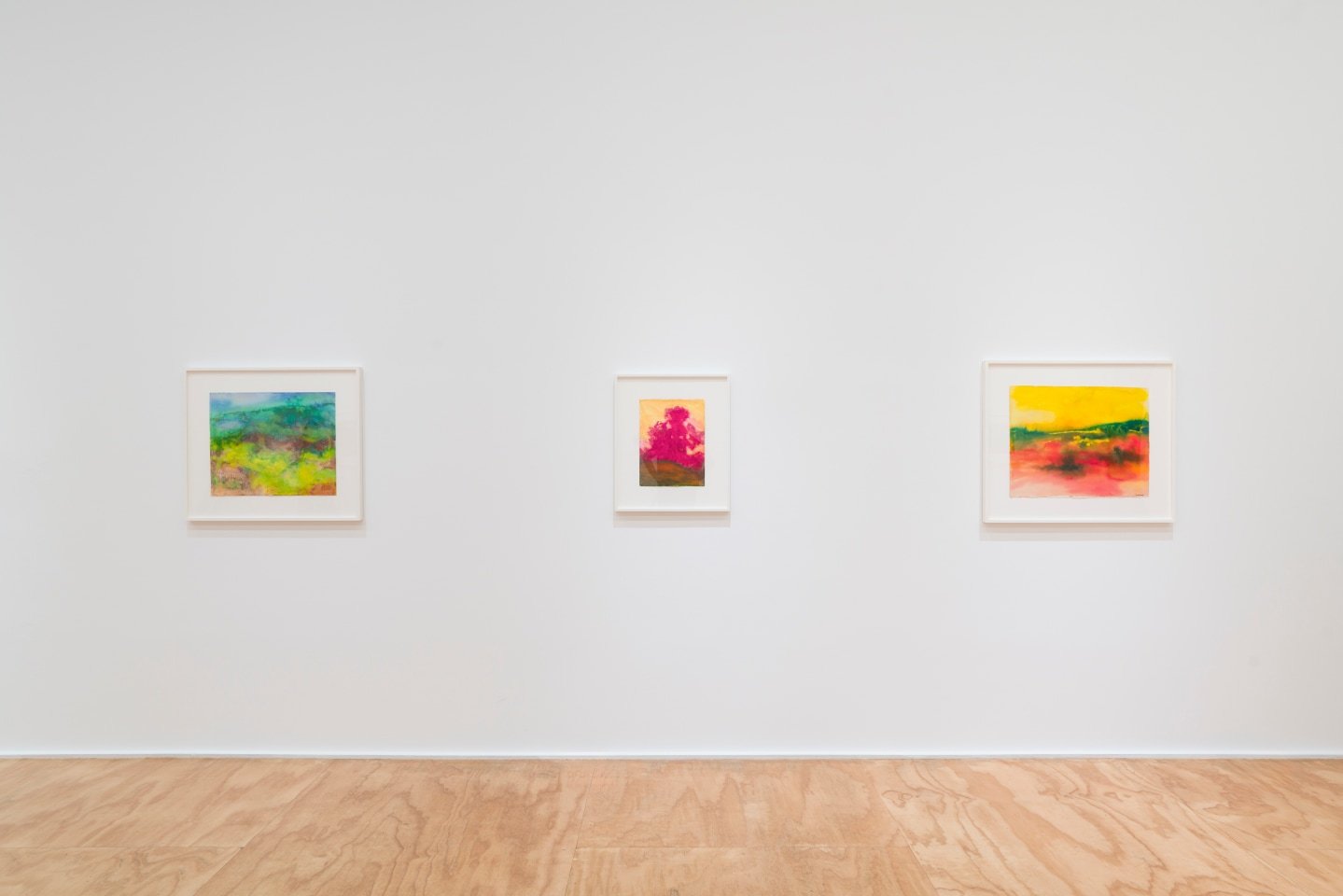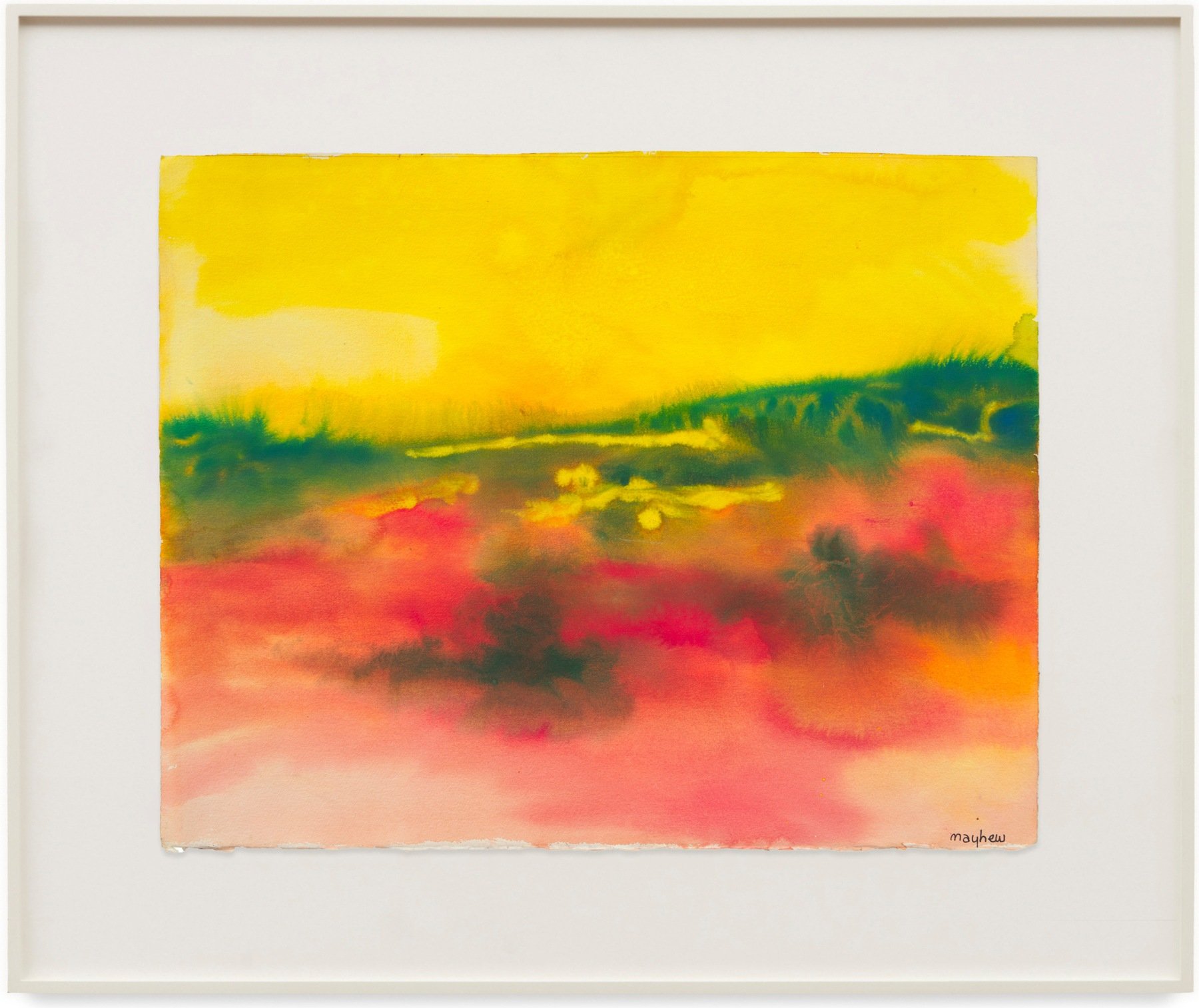RICHARD MAYHEW: WATERCOLOR
Venus Over Manhattan is pleased to present Richard Mayhew: Watercolor.
November 7 – December 21, 2024
The exhibition builds upon the gallery’s 2023 presentation, Richard Mayhew: Natural Order, by shifting the focus exclusively to watercolor—an under-known yet deeply significant aspect of Mayhew’s practice. Known for his atmospheric “mindscapes,” Mayhew’s work in watercolor reveals the same nuanced sensitivity to color and form that characterizes his broader practice and highlights the unique qualities of the medium itself. Richard Mayhew: Watercolor underscores the breadth of his creative evolution, showcasing never-before-seen works and demonstrating how, even late in life, Mayhew continued to push the boundaries of his art.
Richard Mayhew: Watercolor offers a rare and intimate look at the depth of Mayhew’s practice, highlighting his ability to synthesize personal narrative, cultural heritage, and formal experimentation. “We are honored to have worked closely with Richard and his family on this exhibition,” said Adam Lindemann, founder of Venus Over Manhattan. “The works on view reflect not only his mastery of watercolor but also his enduring legacy as one of the great artists of our time.”
As the last surviving member of the Spiral group—a collective of African American artists including Norman Lewis, Romare Bearden, and Emma Amos, who came together to in 1963 discuss their relationship to the civil rights movement and the shifting landscape of American art, culture, and politics—Mayhew’s landscapes stand as meditations on land, heritage, and belonging. His dual heritage as African American and Native American informed his approach to landscape painting, as he often referred to his work as a statement on the unfulfilled promises of land to freed slaves and the broken treaties with Native American nations. His landscapes, he once said, were his way of “painting my forty acres,” a symbolic reclamation of space and identity.
Mayhew’s work exists within a broad continuum of landscape painters, drawing from the influences of his early mentors and extending into his dialogues with contemporary abstraction. His admiration for artists such as George Inness and J.M.W. Turner—whose seascapes and evocative use of color deeply informed his practice—can be felt in the atmospheric quality of his watercolors.


